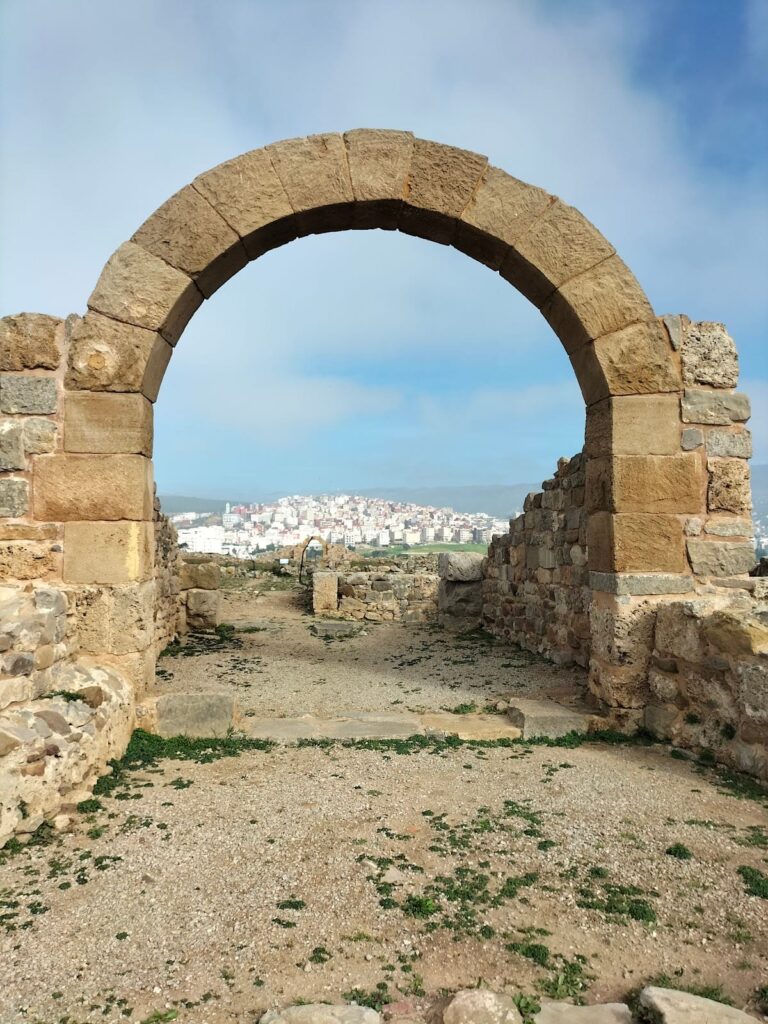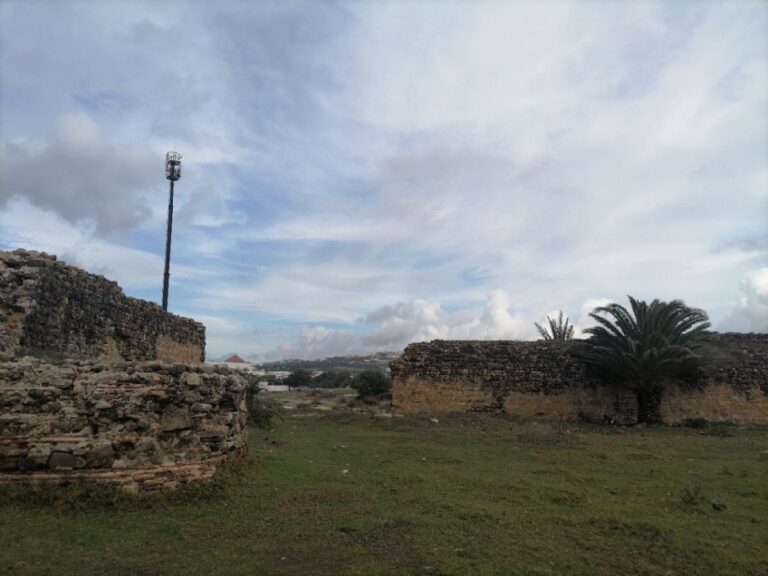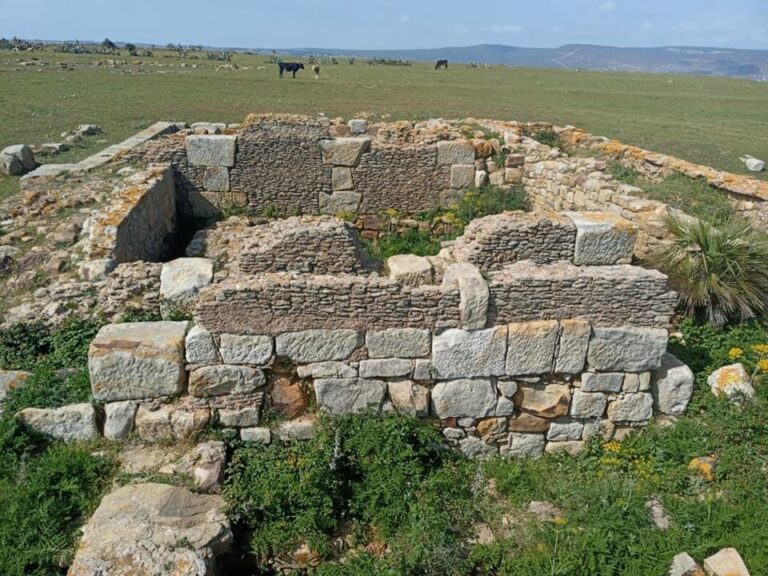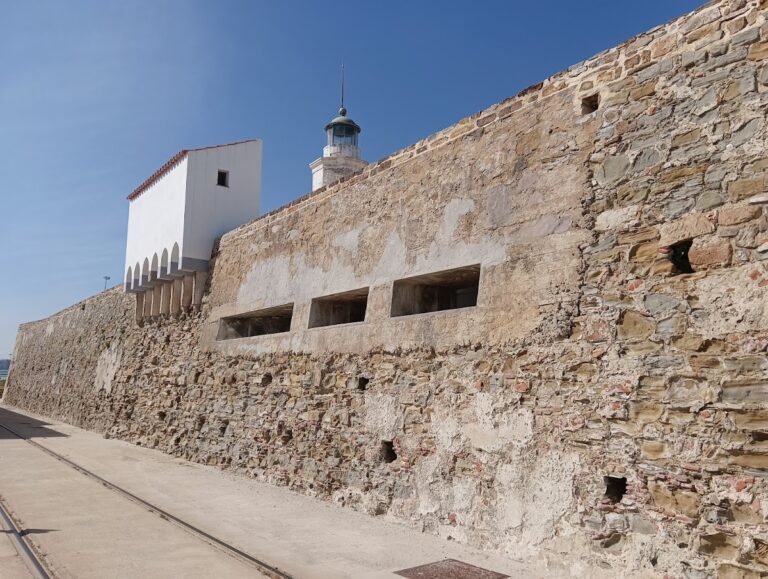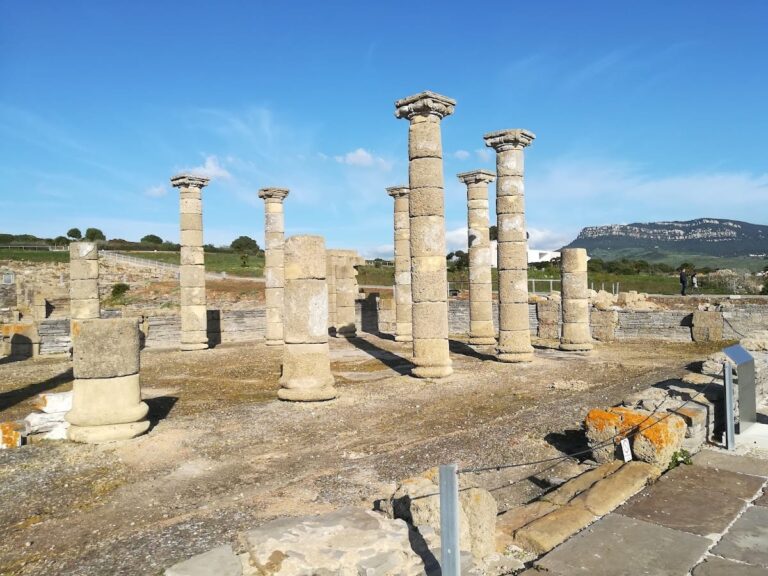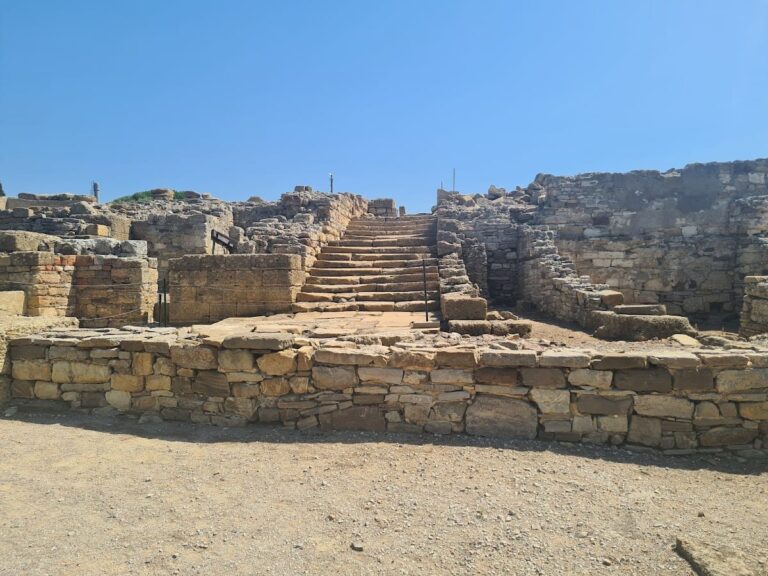Tamuda Archaeological Site: A Historical City in Northern Morocco
Visitor Information
Google Rating: 4.1
Popularity: Low
Google Maps: View on Google Maps
Country: Morocco
Civilization: Roman
Remains: City
History
Tamuda is located near the modern city of Tetouan in northern Morocco, on the south bank of the Martil River. It was originally founded in the late 3rd century BCE by Baga, the first known king of Mauretania. The settlement began as a Mauretanian city positioned strategically along the river, benefiting from fertile lands and access to trade routes.
During the following century, Carthaginian influence grew in the region, intensifying trade and cultural exchange. By the 1st century BCE, Tamuda had gained political independence and economic prosperity. Its wealth was largely based on agriculture and external trade, including commercial ties with Rome. This connection allowed Tamuda to issue its own coins, reflecting its autonomy and economic strength.
In 40 CE, after the Roman Emperor Caligula ordered the assassination of King Ptolemy of Mauretania, Tamuda joined a regional uprising against Roman authority. The revolt led to significant destruction in the city. Two years later, in 42 CE, Rome formally annexed the Mauretanian kingdom, incorporating Tamuda into the Roman province of Mauretania Tingitana.
Under Roman rule, Tamuda was rebuilt and fortified between the 1st and 3rd centuries CE. The city developed specialized industries such as fish salting and oil production near the river’s mouth. These industries supported the local economy and integrated Tamuda further into the Roman trade network.
By the late 3rd century CE, Roman control weakened due to frequent rebellions by Moorish tribes. Nevertheless, Tamuda continued to be occupied by Roman forces into the late 4th century. It served as the headquarters for the Ala Herculea, a cavalry unit connected to the nearby cohort of Lixus. This military presence is documented in the Notitia Dignitatum, a Roman administrative record.
The site was gradually abandoned starting in the mid-5th century CE. This decline may be linked to the Christianization and pacification efforts in the region. After the arrival of the Vandals, no contemporary written sources mention Tamuda, suggesting it lost its former importance and was possibly abandoned.
Archaeological interest in Tamuda began in the 1950s with excavations led by Miquel Tarradell. More recent investigations since 2012 have involved international teams from Abdelmalek Essaadi University, the University of Cadiz, and the Moroccan Ministry of Culture. These studies have uncovered artifacts from both the Phoenician and Roman periods, including a 3rd-century CE inscription celebrating a Roman victory over barbarian groups, possibly the Franks, and a whale rib fragment indicating Roman whaling activities.
Remains
The archaeological site of Tamuda consists of stone ruins situated on the south bank of the Martil Valley. These remains include the foundations of the ancient city and a later Roman fortified camp, known as a castrum. The castrum was built after the city’s destruction around 42 CE and was subsequently rebuilt during the Roman Empire, featuring defensive walls typical of military installations.
Near the river mouth, archaeologists have identified industrial facilities dating from the Roman period. These include fish salting factories and oil presses, which highlight the city’s economic specialization in processing marine and agricultural products. The construction techniques used stone and mortar, common in Roman provincial architecture.
Among the notable finds is a 3rd-century CE stone inscription commemorating a Roman military victory over barbarian forces. This inscription provides valuable insight into the military history of the site. Additionally, a whale rib fragment dating between the 2nd and 4th centuries CE suggests that whaling was practiced in the area during Roman times.
Many artifacts recovered from the site are conserved and displayed at the Archaeological Museum of Tetouan. Nearby medieval fortifications called “Tittawin” later developed close to the ruins, eventually giving rise to the modern city of Tetouan.
